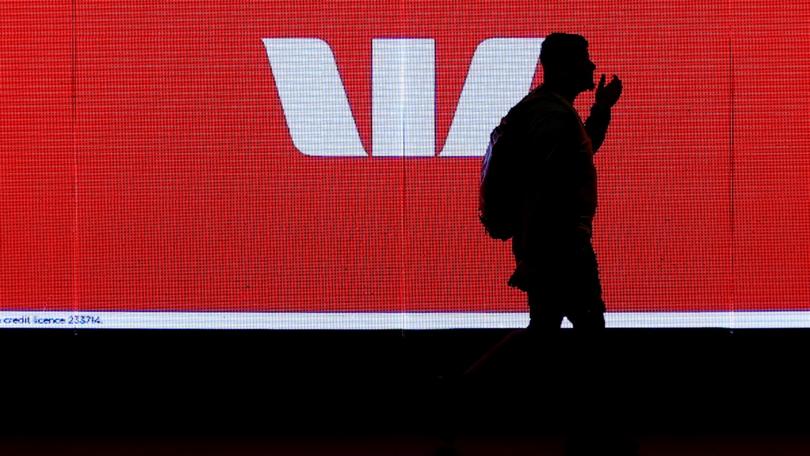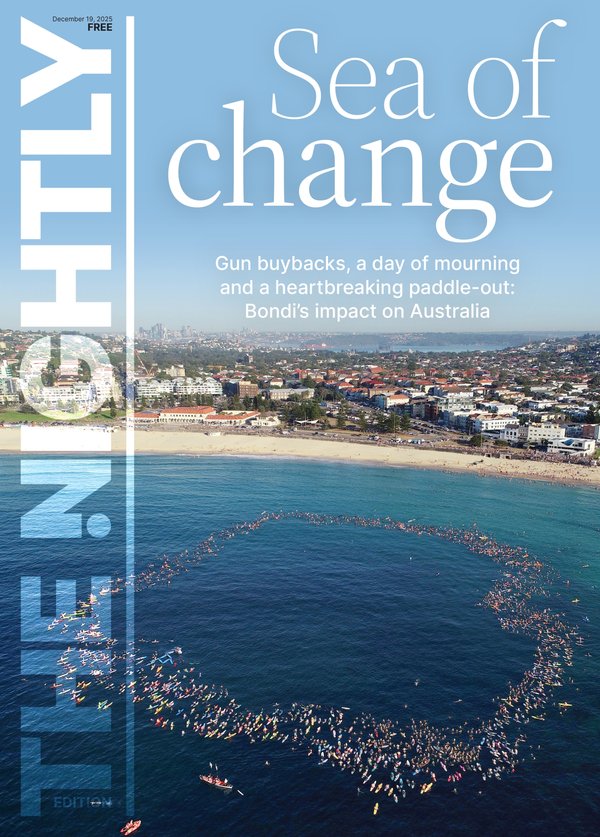Westpac profit sinks, backs in rate relief this week

Westpac has reported a fall in net profit as new chief executive Anthony Miller warns cost of living pressures and high interest rates remain challenging for some of the bank’s customers.
He also said many businesses continued to face cost pressures and lower demand while consumers keep a close eye on their budgets and wait for rate relief from the Reserve Bank.
Westpac on Monday reported an unaudited net profit of $1.7 billion for the first quarter, down 9 per cent compared to the previous financial year’s average for the second half. It blamed the result on hedge accounting which it said would reverse over time.
Sign up to The Nightly's newsletters.
Get the first look at the digital newspaper, curated daily stories and breaking headlines delivered to your inbox.
By continuing you agree to our Terms and Privacy Policy.Excluding notable items, unaudited net profit rose 3 per cent to $1.9b. Pre-provision profit grew 3 per cent with revenue increasing 2 per cent and expenses rising one per cent.
Customer deposits grew $14.4b and loan growth rose $13.4b.
Mr Miller, who only started in the role in mid-December, said relief for struggling home loan customers could be on the way this week as the RBA holds its first meeting for 2025.
“Cost of living pressures and high interest rates remain challenging for some customers while many businesses face cost pressures and lower demand,” he said.
“Encouragingly, inflation has eased and we could see the Reserve Bank of Australia reduce the cash rate as early as tomorrow.
“This should provide some relief to households and, over time, support business activity. We encourage customers to call us if they need help.”
Westpac’s mortgage portfolio rose only marginally in the three months to the end of December, up to $508.3b from $503.3b in the prior quarter.
Owner-occupier and investment property loan growth was essentially flat as the property market showed signs of cooling from a stellar run, with only a small uptick in first-time buyers.
About 93 per cent of customers are on variable rates.
Assets that qualify as stressed as a percentage of the bank’s equity dipped to 1.39 per cent. Mortgages that were more than 90 days delinquent were down to one per cent and the lender further reduced the amount it setting aside as a cushion for credit losses.
